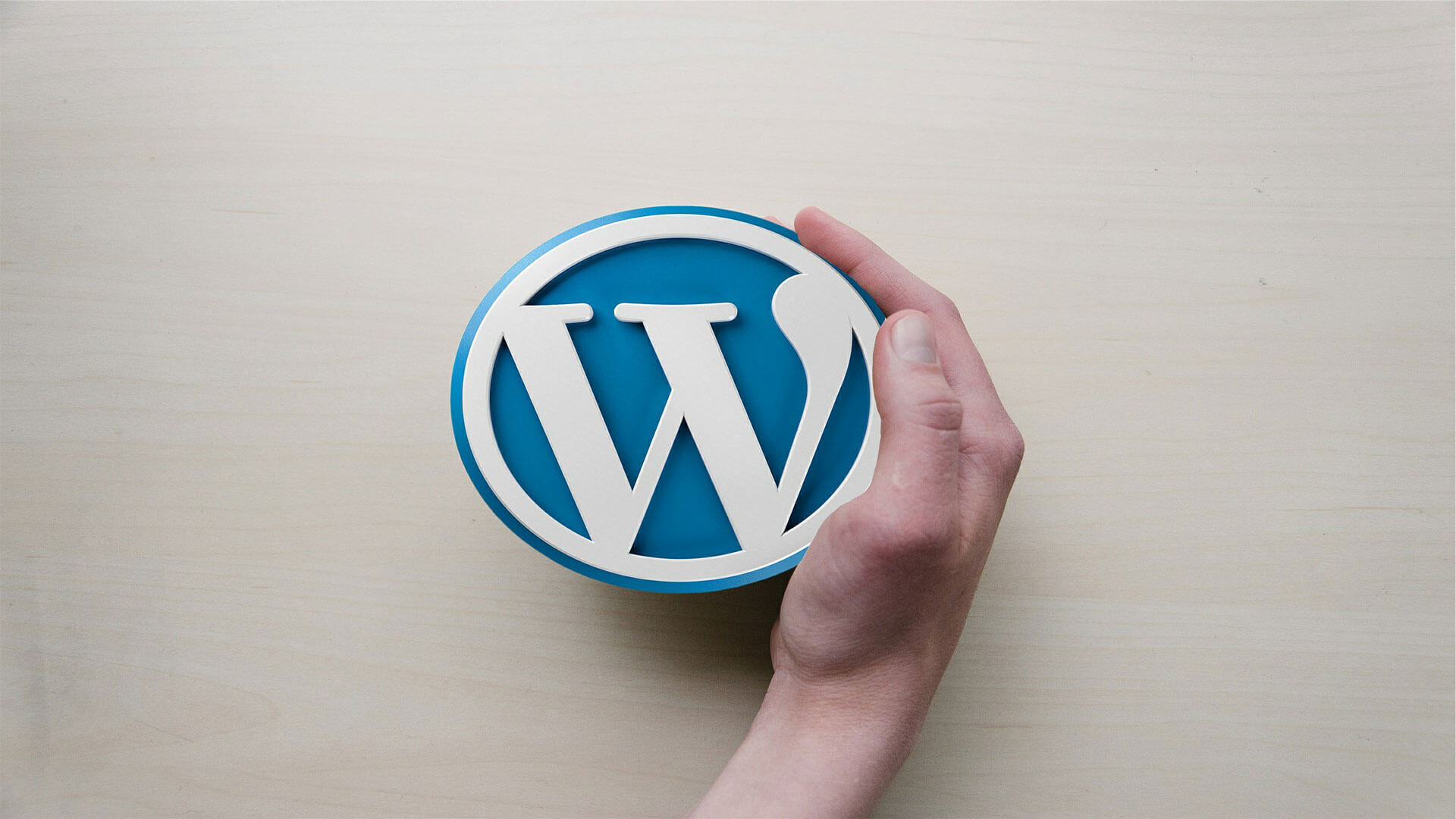It can be hard to avoid using technical terms when talking about website development but understanding how something works can often be the key to appreciating why it’s the best option for your business. This is particularly true of the platform you choose for your website. Learning how WordPress works behind the scenes can help you understand what it can do and how it will help advance your business goals.
The term ‘Content Management System’ or CMS describes the part of the website where the information that your users will see is stored and organised; but there is more than one type of CMS.
Flat File CMS
Many websites aimed at start up or very small businesses use a Flat File CMS. This has all the data organised in folders. While this is good for helping access simple data quickly, if your visitors need to search within the website, it can be a lot less flexible as the data is all stored in separate folders, often with duplicate data to allow for multiple search terms to be used.
Imagine trying to find something in a filing cabinet where none of the drawers are labelled on the outside. So, if you have a smaller website which contains content that is already prepared and organised it may be an adequate solution. The issues with opting for a Flat File CMS may only become apparent after a while as traffic increases and the amount of content expands.
Database CMS – WordPress
WordPress is a database driven CMS. The data held within it has much more complex relationships. For instance, if you have a site offering recipes you may want to be able to search for “Desserts” and “Dairy Free” at the same time, something that would be very hard with a CMS organised in folders. Tagging the data as Desserts and Dairy Free means it can be quickly accessed and presented to the visitor, something that wouldn’t be simple if the system needed to look in folders marked for each search term requested.
A WordPress website consists of a few basic elements
The WordPress Core: These are the files that are the foundation which allow the site to function. This also includes the files for the admin screens that allow you to manage and interact with your site without the need for code.
The Database: As discussed above this holds the data that makes up the information visitors to your site will see.
Plugins and themes: Themes alter the appearance of the website on screen, and plugins add specific functions to your site, ranging from a simple button to SEO and performance improvements.
Understanding that WordPress is made up of these different elements and how a Database CMS operates makes it easy to see that this is a very flexible and scalable way of building a website. Rather than just stuffing more files into existing folders, the database can be expanded, and new tags created to allow for different relationships between pieces of data. Different themes can refresh the look of the site and with a huge library of plug-ins available you will be able to add functions without a major site rebuild.
The flexibility of the WordPress platform allows Soto to produce a website that will enhance your business. We can add membership areas and eCommerce to your website. We can help you streamline and automate your business processes through integration with most of the leading CRM systems. Incorporating email clients such as Mailchimp, connecting your appointment setting through Calendly or using database and collaborative tools like Airtable, Discord and Slack will simplify your administration.
Soto’s expertise in building, maintaining and bespoke development of WordPress websites means that for many of our clients we become long term collaborative partners. We will support and extend your online presence as your business grows. If you have any questions about this post, or if you’d like to talk to us about your vision for your website, please get in touch.
There are lots of them out there, but WordPress is our CMS of choice – you can find out more about that in another post: Reasons to Switch to WordPress.





